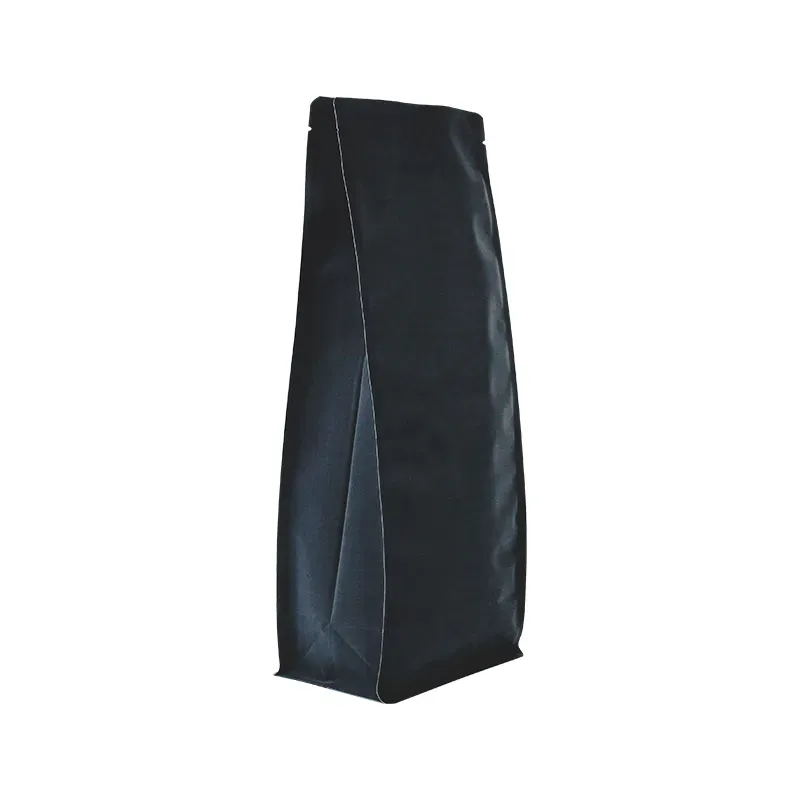- Afrikaans
- Albanian
- Amharic
- Arabic
- Armenian
- Azerbaijani
- Basque
- Belarusian
- Bengali
- Bosnian
- Bulgarian
- Catalan
- Cebuano
- chinese_simplified
- chinese_traditional
- Corsican
- Croatian
- Czech
- Danish
- Dutch
- English
- Esperanto
- Estonian
- Finnish
- French
- Frisian
- Galician
- Georgian
- German
- Greek
- Gujarati
- haitian_creole
- hausa
- hawaiian
- Hebrew
- Hindi
- Miao
- Hungarian
- Icelandic
- igbo
- Indonesian
- irish
- Italian
- Japanese
- Javanese
- Kannada
- kazakh
- Khmer
- Rwandese
- Korean
- Kurdish
- Kyrgyz
- Lao
- Latin
- Latvian
- Lithuanian
- Luxembourgish
- Macedonian
- Malgashi
- Malay
- Malayalam
- Maltese
- Maori
- Marathi
- Mongolian
- Myanmar
- Nepali
- Norwegian
- Norwegian
- Occitan
- Pashto
- Persian
- Polish
- Portuguese
- Punjabi
- Romanian
- Russian
- Samoan
- scottish-gaelic
- Serbian
- Sesotho
- Shona
- Sindhi
- Sinhala
- Slovak
- Slovenian
- Somali
- Spanish
- Sundanese
- Swahili
- Swedish
- Tagalog
- Tajik
- Tamil
- Tatar
- Telugu
- Thai
- Turkish
- Turkmen
- Ukrainian
- Urdu
- Uighur
- Uzbek
- Vietnamese
- Welsh
- Bantu
- Yiddish
- Yoruba
- Zulu
1/2 inch is how many millimeters
Understanding the Conversion 1/2 Inch to Millimeters
When it comes to measurements, particularly in the fields of construction, engineering, and manufacturing, understanding how to convert between different units is essential. One common conversion that often comes up is between inches and millimeters. This article will focus on the specific measurement of 1/2 inch and how it translates into millimeters.
To start with, it is crucial to understand the definitions of the units involved. An inch is a unit of length in the customary system of measurement used primarily in the United States. Millimeters, on the other hand, are a unit of length in the metric system, commonly used around the world. The metric system is based on the decimal system, making calculations and conversions more straightforward for many applications.
The conversion between inches and millimeters is relatively straightforward, as both units are widely recognized and used. The specific conversion factor is as follows 1 inch is equal to 25.4 millimeters. This value has been standardized and is accepted internationally, making it a reliable reference for anyone needing to convert between these two units.
Understanding the Conversion 1/2 Inch to Millimeters
This shows that 1/2 inch is equal to 12.7 millimeters. This conversion is particularly useful in various applications, such as technical drawings, machining, and crafting, where precision is crucial.
1/2 inch is how many millimeters

Knowing how to convert inches to millimeters is essential in many scenarios. For example, in engineering designs that often use the metric system, many designers and architects will need to provide measurements in millimeters to ensure clarity and compliance with standards. Whether you're working with blueprints, fabric patterns, or any detailed project, the ability to accurately convert measurements saves time and reduces the risk of errors.
Moreover, consumers often encounter situations where measurements need to match between systems. Many products, especially in industries like electronics and automotive parts, are designed using metric measurements. When purchasing materials or components in inches, it's important to convert these measurements accurately to avoid compatibility issues.
In a practical context, use of this conversion factor can be straightforward. Let's say you are working on a project that requires precise cutting of wood or metal. If your cutting tool measures in inches, but you need the final measurements in millimeters, knowing that 1/2 inch equals 12.7 mm allows you to make the necessary adjustments confidently.
It’s also worth noting that while the conversion factor itself is fixed, the methods or tools you use to perform calculations can vary. Some people prefer using calculators, while others may opt for online conversion tools. As technology advances, many mobile apps can quickly perform these conversions, making it easier than ever to switch between systems.
In conclusion, the conversion of 1/2 inch to millimeters results in 12.7 millimeters, a valuable piece of information for anyone involved in trades, crafts, or technical fields. Mastering this conversion not only helps in ensuring precision in projects but also enhances communication in a world where different unit systems coexist. Whether you're creating, building, or designing, understanding how to navigate the conversion between inches and millimeters is an invaluable skill that can lead to more accurate and successful outcomes.













